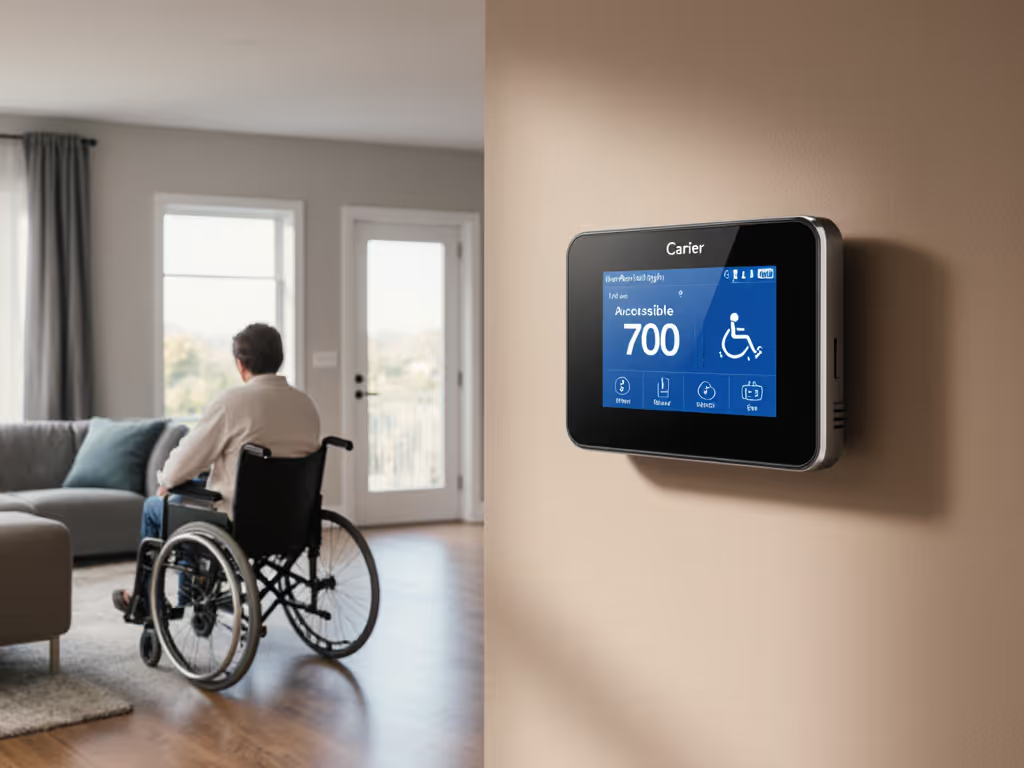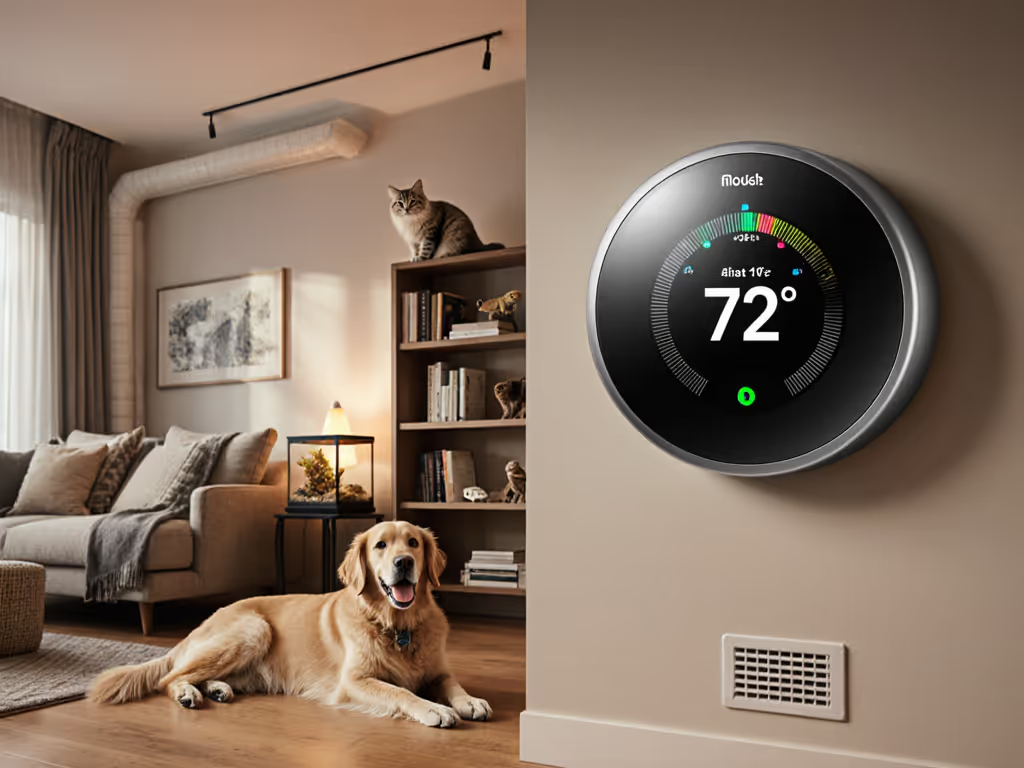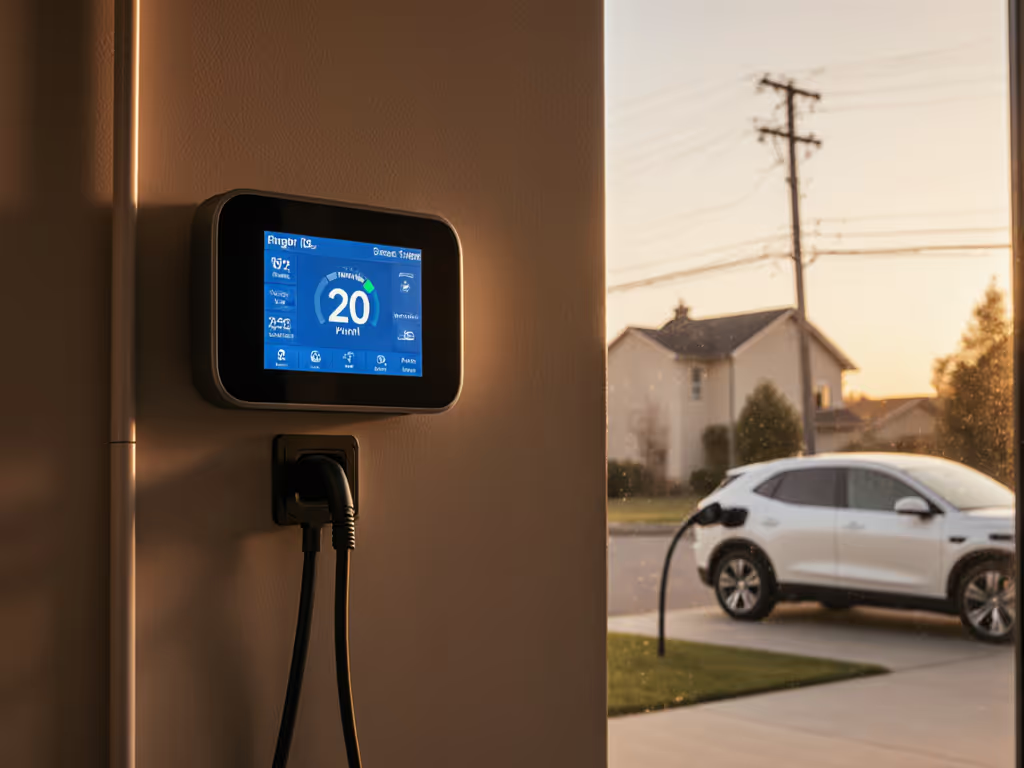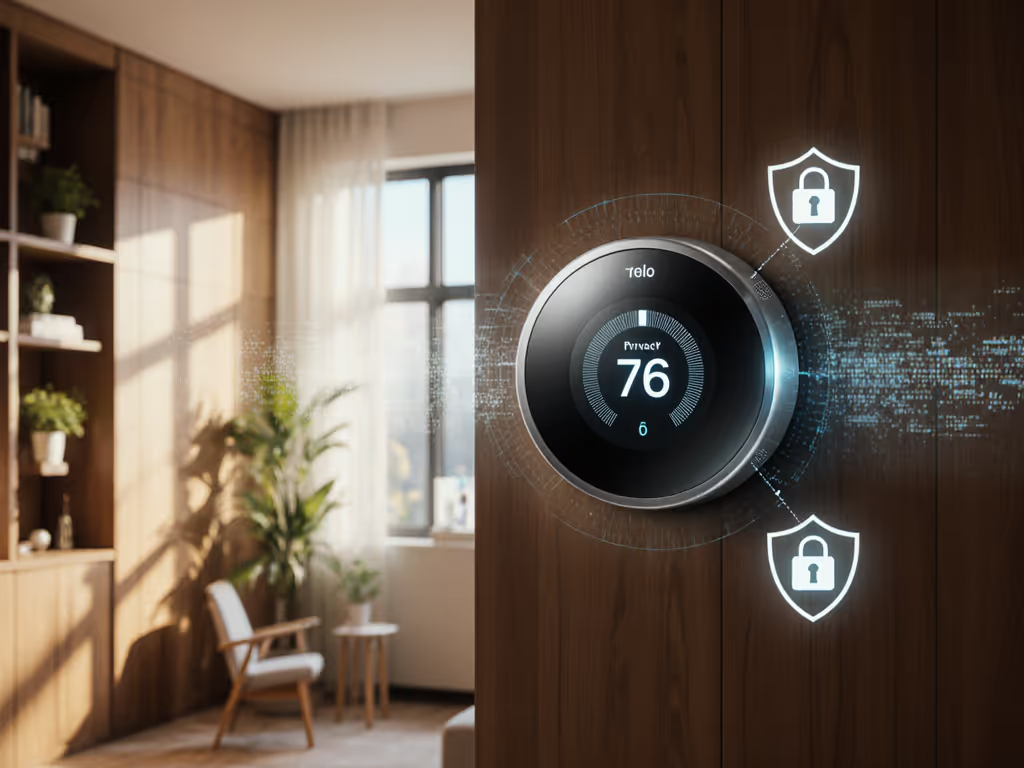
Manual Thermostat Guide for Chronic Illness Comfort
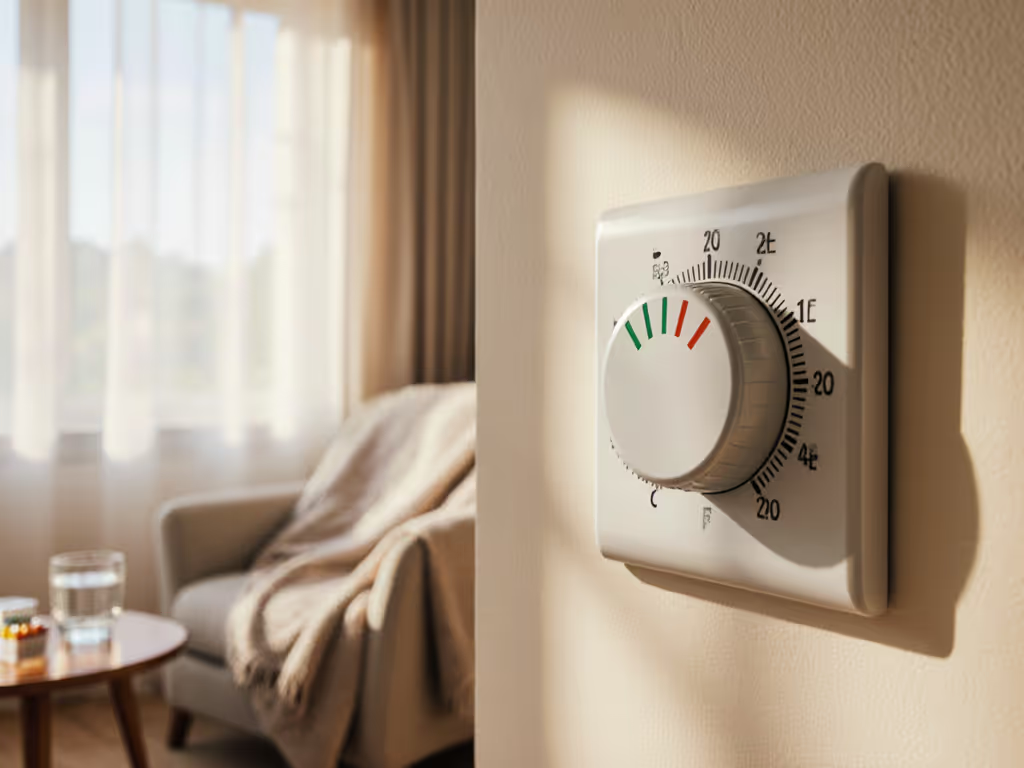
For households managing temperature sensitivity conditions, a manual thermostat remains the safest anchor for health-focused temperature management. Unlike learning algorithms that prioritize energy savings over physiological needs, manual controls deliver predictable comfort, no unexpected shutoffs during vulnerable moments. When utility programs trigger demand response events, your override must be obvious. I've seen too many "smart" systems lock users out during critical health episodes. Enroll smartly: incentives matter, but override must be obvious. Let's translate this reality into actionable steps for chronic illness home climate stability.
Why Manual Thermostats Are Critical for Medical Vulnerability
Chronic illness often narrows the body's safe thermal window. Per Musculoskeletal Key research, core temperatures below 93°F (33.9°C) disrupt nerve conduction and slow metabolism dangerously (yet standard TOU programs assume healthy thermoregulation). For those with cardiac conditions, neurological disorders, or on temperature-altering medications (e.g., beta-blockers), a 2°F swing can trigger crises. Smart thermostats with aggressive "savings" modes ignore these physiological guardrails.
Clear assumptions list:
- Elderly or chronically ill individuals experience thermal stress at temperatures healthy adults tolerate
- Standard HVAC setbacks (e.g., 7°F overnight) may breach medical safety thresholds
- Automated demand response events rarely account for real-time health status

Data shows medically fragile people are 50x more likely to die in extreme heat without manual climate control (WHO). Automated systems optimizing for bill savings create life-threatening gaps. Assumptions drive outcomes. Check your thermostat's override accessibility before enrolling in any utility program.
5 Manual Thermostat Setup Rules for Health Protection
1. Lock Your Critical Temperature Thresholds
Set hard limits your system cannot override:
- Winter minimum: 68°F (20°C) for most chronic conditions; 72°F (22°C) for cardiac/neurological cases
- Summer maximum: 78°F (25.5°C) for heat-sensitive conditions (MS, lupus)
- Never allow utility programs to breach these via any demand response event
"During my parents' winter peak test, we capped pre-heating at 65°F overnight, never risking cold-induced hypertension. The utility incentive check arrived because we kept override control."
Document these limits in your thermostat's physical settings and utility program contract. Demand written confirmation they won't be overridden during events. Keep a copy with your medical files.
2. Verify Wiring Reliability for Zero-Failure Operation
Manual thermostats fail only when wiring compromises basic 24V control. Avoid these pitfalls:
- No C-wire? Use a mechanical thermostat (e.g., Honeywell T87) requiring no power
- Line-voltage baseboards: Install manual low-voltage thermostats (e.g., 24V-powered) with relay kits
- Zoned systems: Ensure manual thermostats bypass zone controllers during override
A loose Y-wire caused my neighbor's MS flare-up when their "smart" system lost Wi-Fi during a heatwave. If outages are common where you live, compare thermostats with battery backup to maintain basic control when the power drops. Test all connections with a multimeter, your life depends on that G-wire functioning.
3. Integrate Medical Alerts with Temperature Triggers
Pair manual thermostats with low-cost health monitors:
- Temperature-triggered health monitoring: Use a smart plug (e.g., Kasa KP125) connected to a temp sensor. If room hits 80°F, it triggers a light alert for caregivers
- Manual override shortcut: Install a wall-mounted panic button (e.g., Honeywell RTH9580WF's "Emergency Heat" button) that instantly sets to safe temperatures For accessible, step-by-step configurations (large text, tactile feedback, voice shortcuts), see our disability-friendly thermostat setup guide.
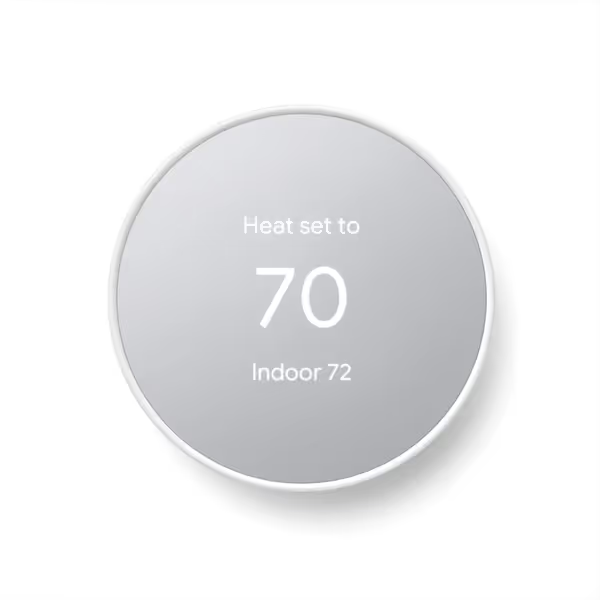
Google Nest Thermostat
Note: While the Google Nest Thermostat offers remote alerts, its medical override requires app navigation, unacceptable during emergencies. Stick to physical dials/buttons.
4. Calculate Your Personalized Comfort ROI
Don't chase generic savings claims. Model your thermal tolerance:
| Scenario | Standard TOU Program | Manual-Only Approach |
|---|---|---|
| Peak Temp Reduction | 5°F (risks hypothermia) | 0°F (maintains safety) |
| Estimated Bill Impact | $18/month savings | $5/month higher cost |
| Health Risk | Extreme (arrhythmia triggers) | None |
| Payback Period | N/A, health costs exceed savings | Immediate comfort ROI |
Sensitivity note: A $5 higher bill prevents $5,000+ ER visits from temperature-triggered events. Your comfort boundary isn't negotiable.
5. Document Your Override Protocol for Caregivers
Create a one-page emergency guide visible by the thermostat:
- "During utility events: TURN KNOB TO 72° IMMEDIATELY (NO APP NEEDED)"
- Symptoms requiring override: Dizziness, shivering, shortness of breath
- Contact list: Utility emergency line, caregiver phone, HVAC tech
When my mother's Parkinson's caused tremors during a demand-response event, her aide manually bumped the dial without instructions, preventing hospitalization. Your protocol must work for non-tech users. Keep it simple and bold.
The Bottom Line: Predictability Over Profit
Health-focused temperature management rejects "optimized" uncertainty. Manual thermostats deliver what algorithms cannot: medical-grade reliability. As utility programs expand DR events, households with chronic illness must demand participation terms that honor override primacy. If you still want to reduce costs safely, start with utility thermostat rebates by region and avoid programs that limit medical overrides. Savings should be predictable, opt-out friendly, and never compromise comfort, that's non-negotiable when health is on the line.

